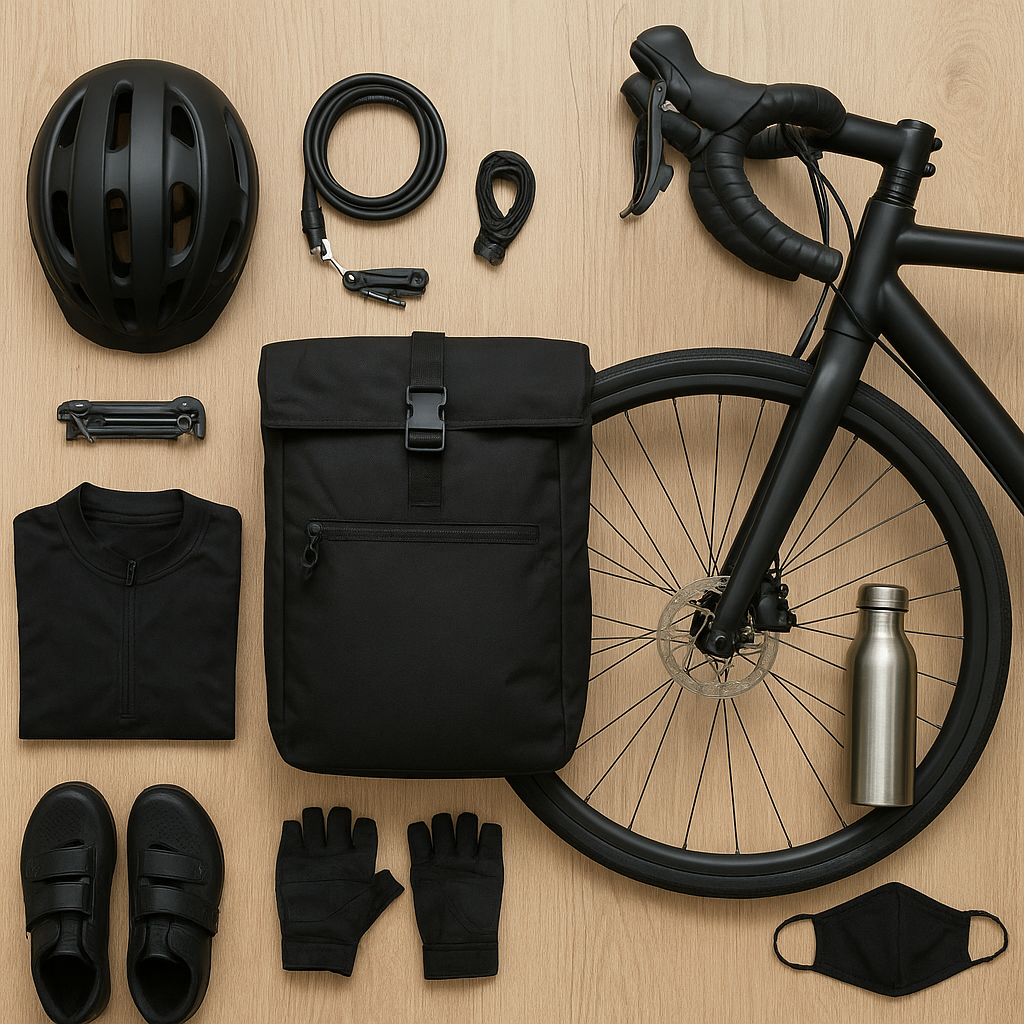Downhill mountain biking is a thrilling and adrenaline-pumping sport that requires specialized equipment designed to handle the most extreme terrains. Downhill mountain bikes are engineered to withstand the rigors of steep descents, rocky paths, and high-speed runs, making them a crucial component for any serious downhill rider.
Design and Features of Downhill Mountain Bikes
Downhill mountain bikes are distinct from other types of bicycles due to their unique design and specialized features. These bikes are built to provide maximum stability, control, and durability, which are essential for navigating challenging downhill courses.
Frame and Geometry
The frame of a downhill mountain bike is typically made from high-strength materials such as aluminum or carbon fiber. These materials offer a balance of strength and weight, ensuring that the bike can withstand the impact of rough terrain while remaining manageable for the rider. The geometry of the frame is also specifically designed for downhill riding, with a slacker head angle and longer wheelbase to provide better stability at high speeds.
Suspension System
One of the most critical components of a downhill mountain bike is its suspension system. These bikes are equipped with long-travel suspension forks and rear shocks, often providing up to 200mm of travel. This extensive suspension travel allows the bike to absorb large impacts and maintain traction on uneven surfaces. The suspension system is usually adjustable, enabling riders to fine-tune their setup based on the specific terrain and their riding style.
Brakes and Tires
Downhill mountain bikes are equipped with powerful hydraulic disc brakes, which offer superior stopping power and modulation compared to other braking systems. This is crucial for maintaining control on steep descents and in technical sections. The tires on downhill bikes are also designed for extreme conditions, featuring aggressive tread patterns and reinforced sidewalls to provide maximum grip and puncture resistance.
Choosing the Right Downhill Mountain Bike
Selecting the right downhill mountain bike involves considering several factors, including the rider’s skill level, the type of terrain they will be riding on, and their personal preferences. Here are some key aspects to consider when choosing a downhill bike:
Rider Skill Level
For beginners, it is essential to choose a bike that offers a good balance of performance and ease of use. Entry-level downhill bikes often feature simpler suspension systems and more forgiving geometry, making them easier to handle for those new to the sport. As riders gain experience and confidence, they may opt for more advanced models with higher-end components and more aggressive geometry.
Terrain and Riding Style
The type of terrain and riding style also play a significant role in selecting a downhill mountain bike. Riders who frequently tackle rocky, technical trails may prioritize bikes with robust suspension systems and durable frames. Conversely, those who prefer smoother, faster descents might focus on bikes with lighter frames and more responsive handling. It is essential to test ride different models to find the one that best suits the rider’s needs and preferences.
Budget and Components
Downhill mountain bikes can vary significantly in price, with high-end models featuring advanced materials and components that can drive up the cost. It is crucial to set a budget and prioritize the features that are most important to the rider. While it may be tempting to opt for the most expensive model, it is often possible to find a bike that offers excellent performance and value within a more modest budget.
Maintenance and Care for Downhill Mountain Bikes
Proper maintenance and care are essential for ensuring the longevity and performance of a downhill mountain bike. Given the demanding nature of downhill riding, these bikes require regular attention to keep them in top condition.
Regular Inspections
Frequent inspections are crucial for identifying any potential issues before they become significant problems. Riders should regularly check the frame for cracks or damage, inspect the suspension components for wear, and ensure that the brakes are functioning correctly. It is also essential to examine the tires for signs of wear and replace them as needed.
Cleaning and Lubrication
Keeping the bike clean is vital for maintaining its performance and preventing premature wear. After each ride, especially in muddy or wet conditions, the bike should be thoroughly cleaned to remove dirt and debris. Lubricating the chain and other moving parts is also essential to ensure smooth operation and reduce friction.
Professional Servicing
While regular at-home maintenance is crucial, it is also essential to have the bike professionally serviced periodically. A professional mechanic can perform more in-depth inspections and maintenance tasks, such as servicing the suspension components, bleeding the brakes, and ensuring that all bolts and fasteners are properly torqued. This professional attention can help prevent more significant issues and extend the life of the bike.
Conclusion
Downhill mountain bikes are specialized machines designed to handle the most extreme terrains and provide riders with the stability, control, and durability needed for high-speed descents. By understanding the key features and considerations when choosing a downhill bike, riders can select the best model for their needs and preferences. Additionally, proper maintenance and care are essential for ensuring the bike’s longevity and performance, allowing riders to enjoy the thrill of downhill mountain biking for years to come.












